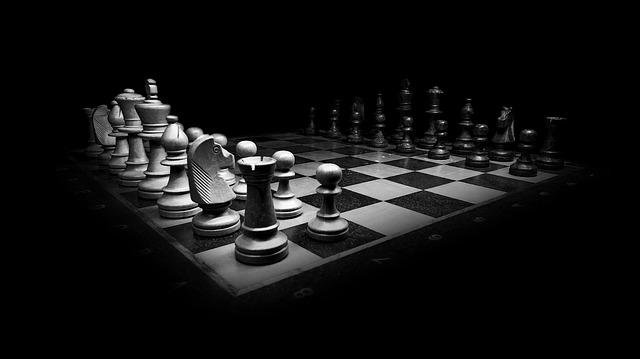
The focus of this chapter is on, Help you develop your own trading system. It won't take much time to create a system, testing the system then takes a little longer. You should still be patient, with a good trading system you can earn a lot of money. The process of developing a trading system can be divided into six steps…
1. Set Time Frame
The first thing you have to decide when creating a system is, what kind of trader you are. Are you more of a day trader or a swing trader?
Do you want charts daily, view weekly or only monthly? How long do you want to hold your positions?
These questions will help you determine in which time frame you want to trade. Even if you will be working with different time frames, this will be the preferred time frame, if you are looking for trading signals.
2. Find indicators to identify new trends
Since one of our goals is this, Identify trends as early as possible, we should use indicators, with which this is possible. Moving averages are among the most popular indicators traders use to spot trends. More specifically, they use two moving averages (a faster and a slower) and wait until the faster one exceeds or falls below the slower one. This is the basis for something that we as “Moving Average Crossover” indicate.
In this simplest form, Moving Average Crossovers are the fastest way to identify new trends. But there are many more ways to find trends, but moving averages are the easiest to use
3. Find indicators to confirm the trend
The second goal of your system is to protect you from fluctuations, which means we don't want to follow a wrong trend. When we see signals for a new trend, we can confirm this by additionally using other indicators.
There are many good indicators to confirm a trend but I prefer MACD, Stochastics and RSI. If you are looking at the different indicators, you will find those you prefer over others and you can then build them into your trading system.
4. Define risk
When creating a system, it is very important that you define how much you are willing to lose on each trade. Not many people want to talk about losing, but in reality, good traders first think about what you might lose before you think about what you can gain.
The amount you are willing to lose, is used at 100 Dealers presumably 100 be different heights. You have to decide how much leeway is enough for your trade to have some room to breathe but at the same time, that you don't risk too much for a trade. In one of the next chapters you will learn more about money management. Money management plays a big role in how much you risk on a trade.
5. Define On- and exit times
After defining how much you are willing to lose on a trade, will be the next step of figuring out when to open or close a trade to get the maximum profit. Some people want to get in as soon as their indicators match and give a good signal, even if the candle has not yet closed. Others prefer to wait until the candle has finished.
From my experience I can say, that it is often better to wait until the candle is completed before you get in. I know situations all too well, where I was in the middle of a candle and all the indicators fit together only to find out that at the end of the candle, the trade totally turned against me.
It's still a question of trading style. Some traders are more aggressive than others, find out what kind of trader you belong to.
For exit points, you have several different options. One possibility is to move the exit time, what does it mean if the price moves in your direction around value X, then also move the stop by the same value X.
However, you can also set a target price, when this price is reached close your positions. Support and resistance levels are also often used as target prices. Others try to make the same amount of pips on every trade, before you close the positions. However you calculate your goal, You should just stick to it. Do not close earlier, no matter what happens. Stick to your strategy.
Another way to determine the exit is to, to establish a set of criteria which:, when you enter signal the exit. For instance, you can create a rule, that you then close when the indicators show a reversal point.
6. Write down your system rules and strictly adhere to them
This is the most important step in developing a trading system. You need to write down the rules of your trading system and then strictly follow them. Discipline is one of the most important qualities a tader should have, therefore, you should always remember this, that you should stick to your own rules. A system will never work if you don't follow its rules.
How to test your system
You should test your trading system in a demo account. Act strictly according to your rules and document the results. But you always have to be honest with yourself. After a series of trades (Trials in different markets and over several days), you can then decide whether you agree with your rules or whether you want to work on it. If you are still making changes, Test again!
Only when you can claim that your system works well, or. if you have found out in which market situations the system is best used, you should think about using the system in the real account.
When the time comes, you can be really proud of yourself, because it is your own trading system. Congratulation!



